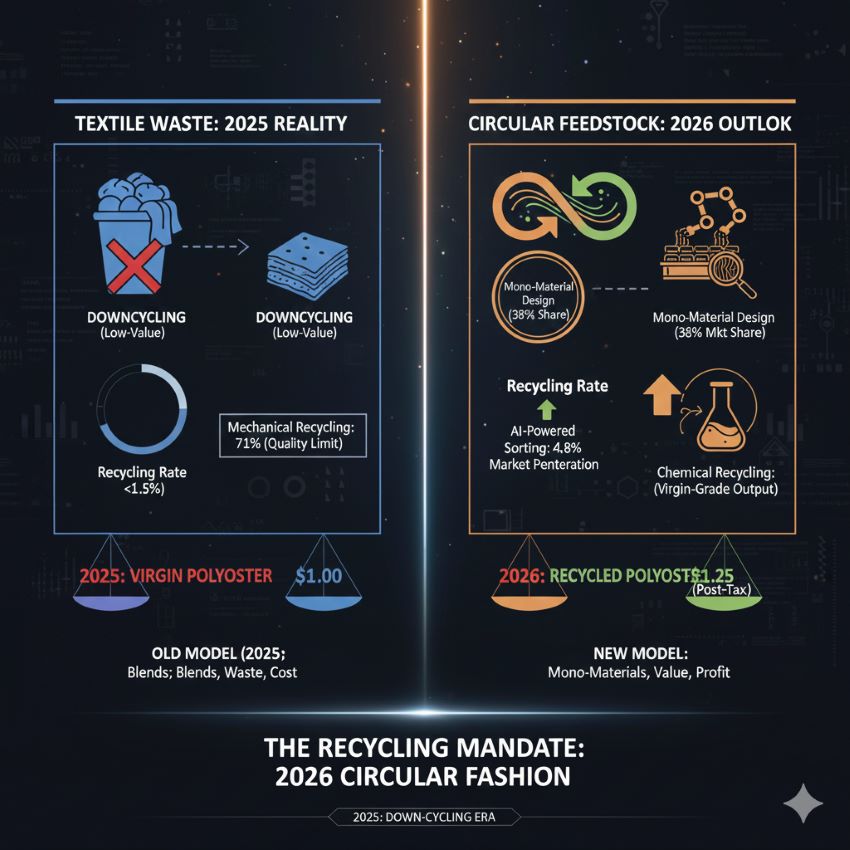Chemically protective suits made of fabrics coated in self-healing, thin films can prevent farmers from exposure to pesticides, soldiers from chemical attacks and factory workers from accidental release of toxic materials.
Fashion designers use natural fibers made of proteins like wool or silk that are expensive and are not self-healing. The material to be coated is dipped in a series of liquids to create layers of material to form a self-healing, polyelectrolyte layer-by-layer coating. This coating is deposited under ambient conditions in safe solvents, such as water, at low cost using simple equipment amenable to scale-up. Polyelectrolyte coatings are made up of positively and negatively charged polymers.
Many toxic substances can be absorbed through the skin. Organophosphates, for example, which are used as herbicides and insecticides are absorbed through the skin and can be lethal. Some of these chemicals have also been used as nerve agents. A garment coated with a self-healing film containing an organophosphate hydrolase, an enzyme that breaks down the toxic material, could limit exposure.
The squid ring teeth polymer is self-healing in the presence of water, so laundering would repair micro and macro defects in the coating, making the garment rewearable and reusable.












